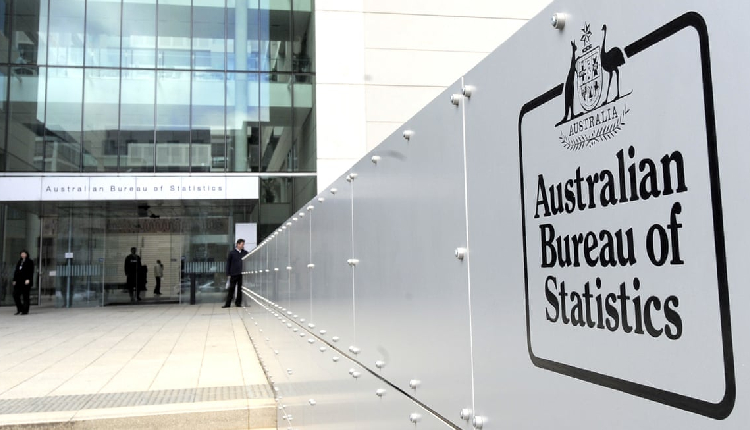Australia’s current account balance, on a seasonally adjusted basis and in current prices, fell by $4.4 billion to a deficit of $10.7 billion in the June quarter 2024, according to figures released by the Australian Bureau of Statistics (ABS) on Tuesday.
“This quarter’s current account deficit was the largest since June quarter 2018, reflecting continued falls in bulk commodity prices and higher income paid to non-residents.” said Tom Lay, ABS head of International Statistics.
The balance on goods and services trade decreased by $3.9 billion to $12.0 billion, while the net primary income deficit rose by $0.5 billion to $22.5 billion, the report said.
Exports of goods fell by 4.4 per cent, primarily due to lower prices for iron ore and coal. “Iron ore and coal prices saw a second quarterly fall, which is reflected in goods export prices 5.4 per cent lower compared to this time last year,” Lay added.
Imports of goods fell by 0.6 per cent, primarily due to a decrease in capital goods, reflecting fewer imports of mining equipment. Imports of services rose by 1.1 per cent, following two consecutive quarterly declines.
Australia’s terms of trade for the quarter declined 3.0 per cent from the previous quarter and was down 3.8 per cent from June quarter 2023. Concurrently, the net primary income deficit rose to $22.5 billion, compared to $21.9 billion in the previous quarter.
Australia’s net international investment liability was $720.0 billion as of June 30, 2024, down $21.3 billion from the revised March quarter 2024 position of $741.3 billion.
Attribution: Australian Bureau of Statistics report
Subediting: Y.Yasser



